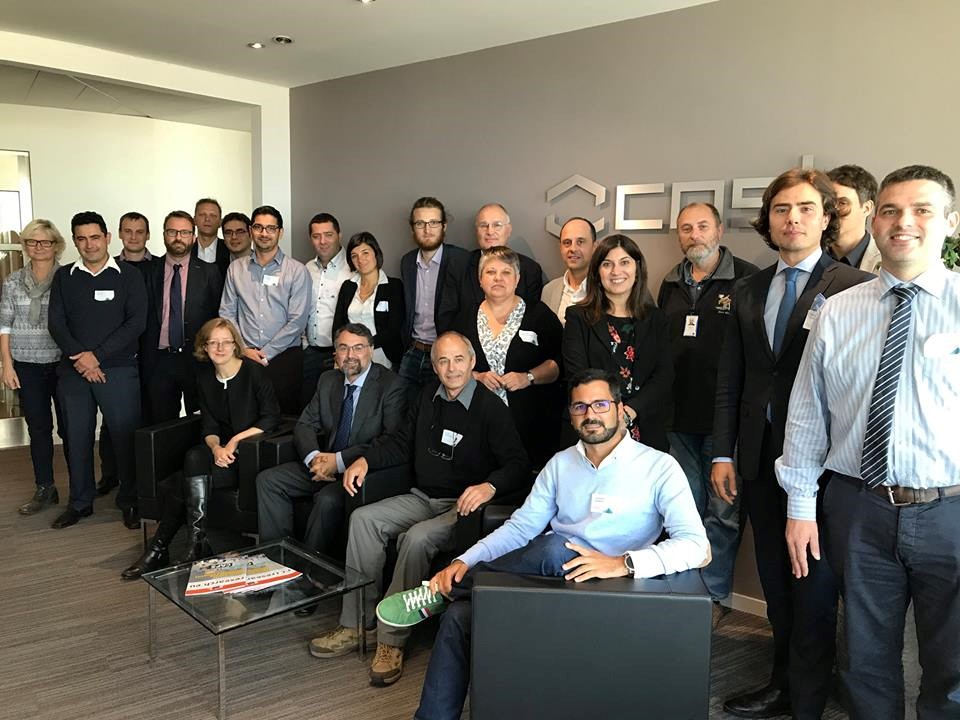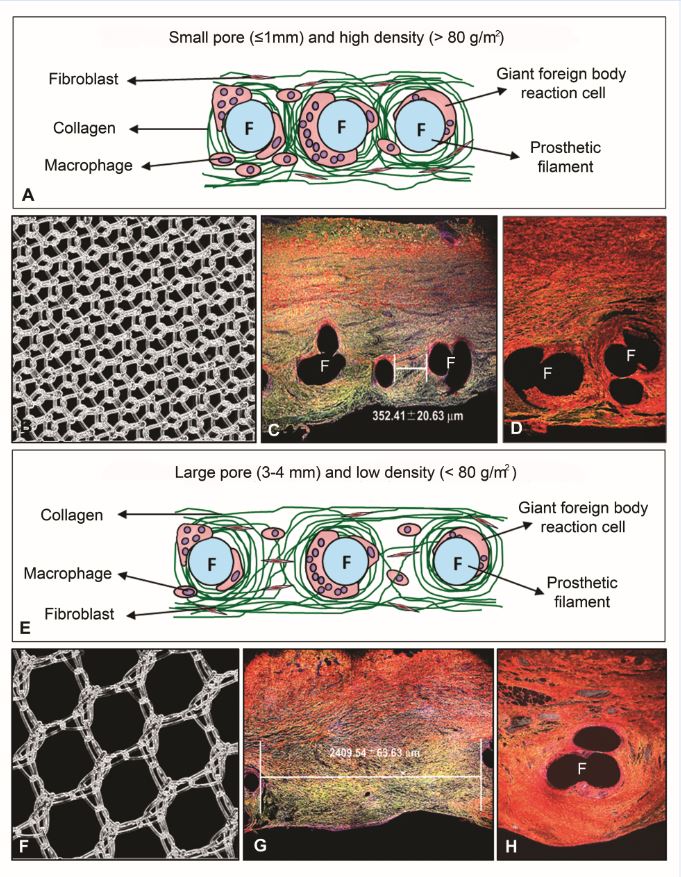JUMISC, partner of NANBIOSIS, represents Spain in a European network of 22 countries
The Jesús Usón Minimally Invasive Surgery Centre (JUMISC), partner of NANBIOSIS toguether with CIBER-BBN, leads a multidisciplinary European research network to improve present urinary stents and prevent their causes of failure.
The idea of creating the network was born from a research, started in 1999 by Doctor Soria, Researcher-Coordinator of the Endoscopic Surgery Area at the JUMISC and the promoter of the mentioned network, representing Spain.
His proposal has been supported by the European and Spanish Urology Association, and funded by the Horizon 2020 Program-Cost Actions (European Cooperation in Science and Technology)
The focus of this Action is to create a multidisciplinary team to identify the problems concerning the urinary stents (design, composition, biomaterial applications, coatings, incrustation, etc.) and to promote future research on this field. In this way, the network will try to reduce adverse effects provoked by the present stents.
This European network (2017-2021), coordinated by Dr. Soria, the Chair of the Action, is composed by 22 European countries and other proposals coming from USA, Japan, South Korea, Israel, Canada, Russia, India and it is open to other invited countries to cooperate inside the organised working groups.
This action will provide, during the next 4 years, an extensive and interdisciplinary R&D program to discover the causes of failure of the present stents and will propose cooperative work in urology and bioengineering field.
This proposal, an initiative of the JUMISC, leaded by Doctor Sánchez Margallo, will contribute to improve healthy-quality of patients, reduce in health care costs, and increase the competitiveness of the European medical device industry.








